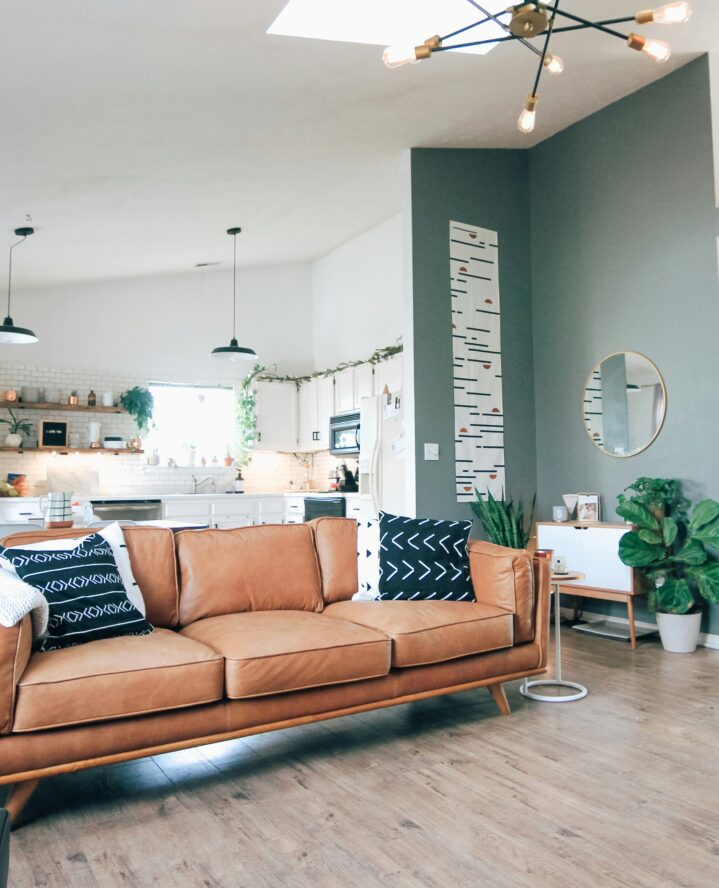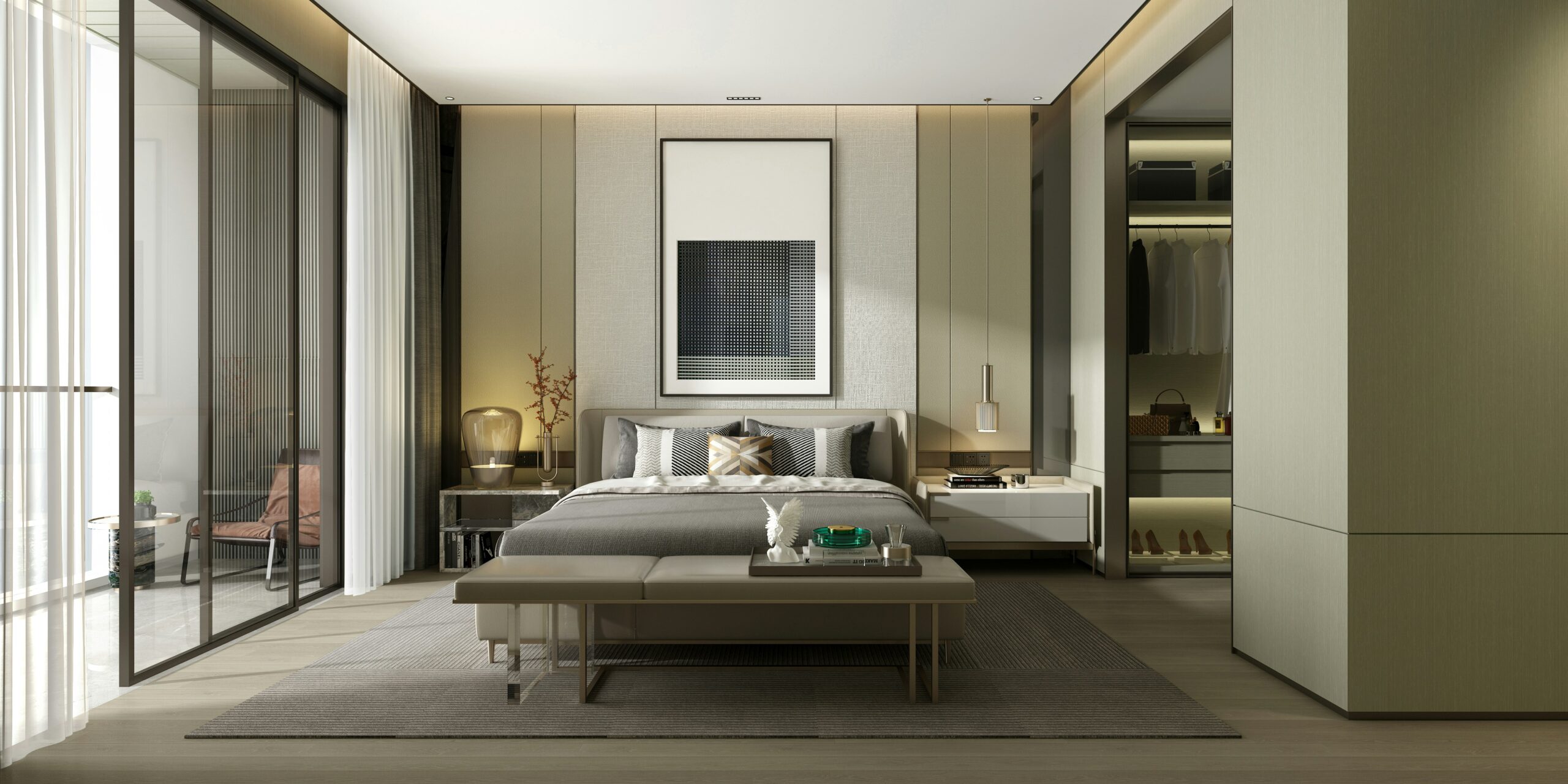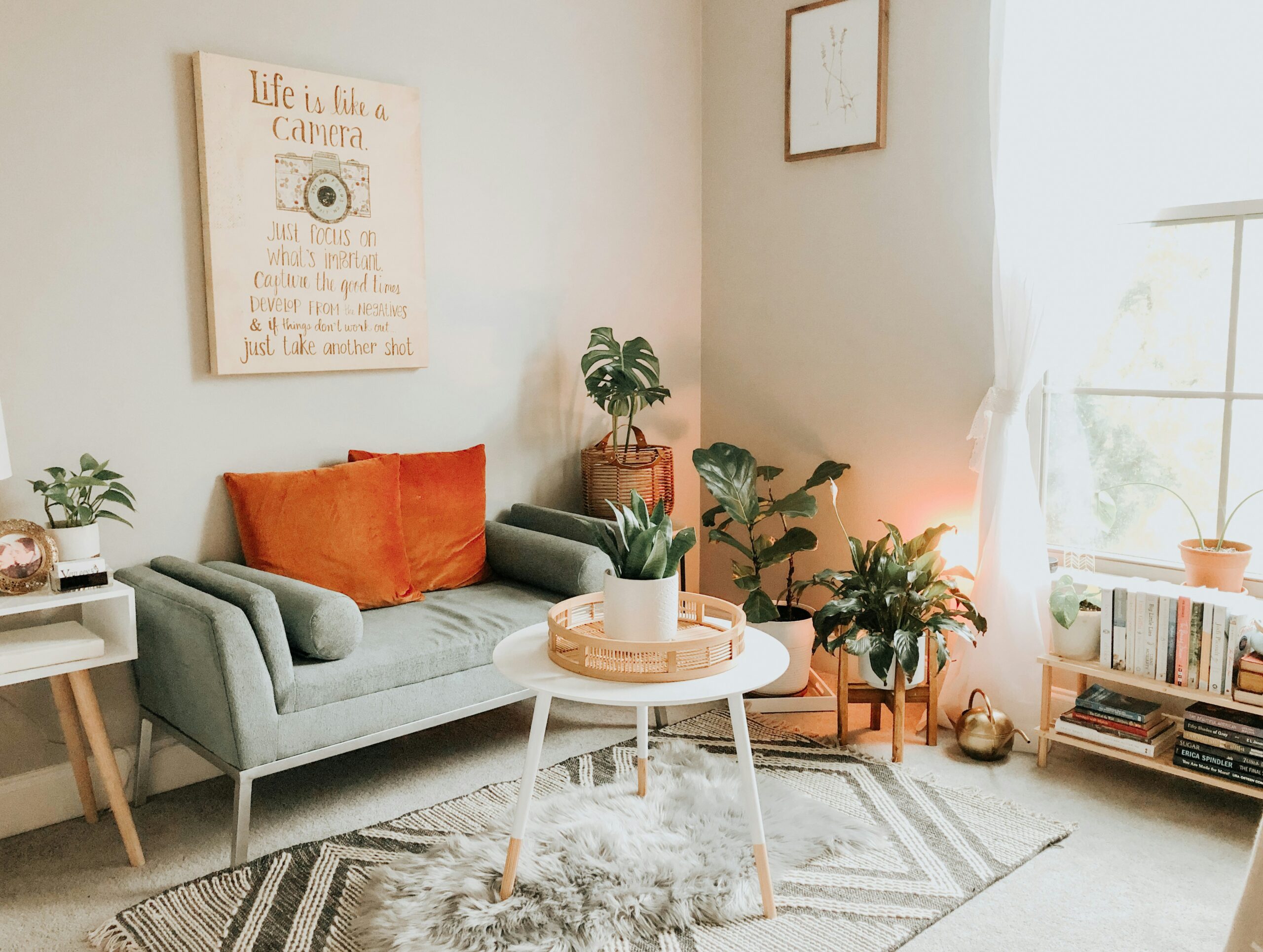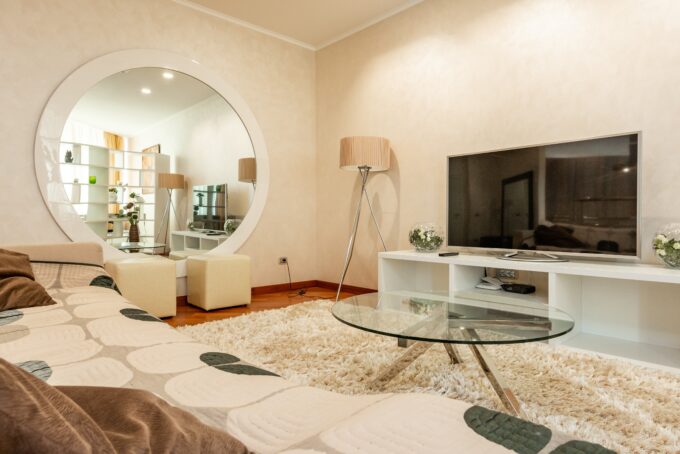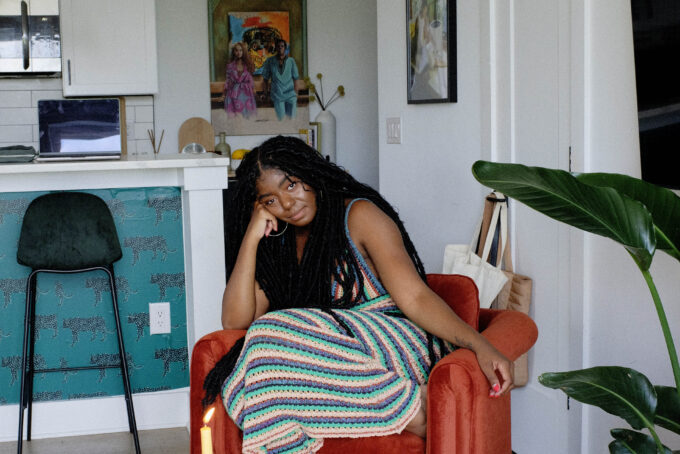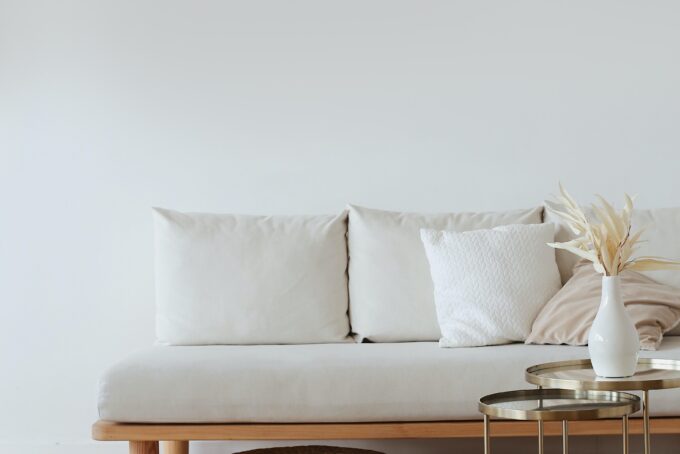It’s important to be in touch with nature, especially because we spend most of our time indoors. Biophilic design allows us to do this and become one with nature. As humans, spending time outdoors to hike, swim, run, walk, be around plants and do outdoor activities is vital for our health.
One way people stay in touch with nature while being indoors is by incorporating plants in their homes. Succulents, flowers, spider plants and bamboo plants are very popular plants that people put in their bedrooms and living rooms.
For some of these plants, having natural sunlight and watering regularly is key for upkeep. But having fake plants is also an option that’s less labor-intensive.
So what exactly is biophilic design and how does it look in your home? The concept of biophilic design includes having a home or room that is nature-centered. A biophilic room design brightens your room and makes you and your guests feel more in touch with nature. Here’s how you can achieve a biophilic design in your home.
Center Your Design Around Plants
The first step to incorporating a biophilic design is plants. It’s important to center your design around plants to create a nature-centered home. You can do this by including a lot of plants by your window, on shelving, around your fireplace and more. If you work from home, set a few plants on your desk or create wall shelves for your plants or home office background. Fill the empty corners of your home with greenery for this design style.
Use Earth Tones
While greenery is the core behind a biophilic design, using earth tones is another step to incorporating this design into your home. Paint your rooms using earth tones like sage green, light brown, burnt orange and chestnut brown. Consider furniture with earth tones or in lighter colors like white or beige. Velvet furniture and leather couches also pair well with these colors.
Utilize Outside Views
Take advantage of the outside views in your home. If you have large windows, keep the curtains open to let as much sunlight in the room as possible. Your plants will love this and the sunlight will add to that natural and biophilic design aesthetic you’re looking for.
Add Texture and the Right Materials
One of the key components of a biophilic design is texture and materials. This will make the space feel more cohesive. Materials like wood, leather, silk, velvet and stone work well for this design aesthetic. Add texture using woven baskets, throw pillows, knit or crochet throw blankets and rugs.
popular posts
- 1It’s Black Business Month, So Let’s Go Shopping and #BuyBlack!
- 2These Home Decor Items Will Instantly Make Your Space Look Outdated
- 3Black-Owned Home Decor Stores To Support Across the United States
- 4A Look Inside Elon Musk's Tiny $50,000 House
- 57 Black and Multicultural Designers To Follow For Design Inspo
Decorate
Access design inspiration that infuses personality and culture into your spaces.
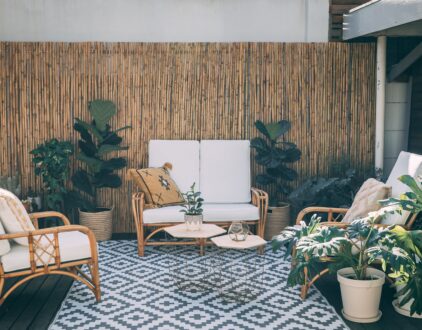
Up to 15% Off: 4 Best Patio Furniture Finds
by Stephanie Taylor | January 18, 2023
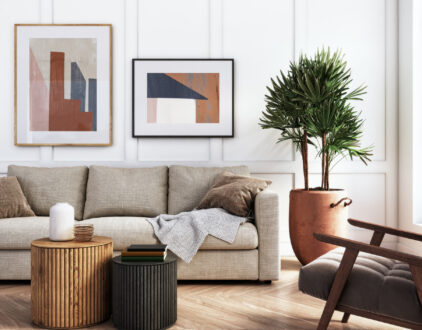
7 Black and Multicultural Designers To Follow For Design Inspo
by Marissa | January 18, 2023
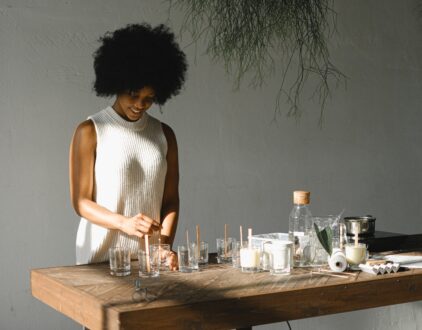
These Candle Making Kits Will Elevate the Vibe of Your Home
by Arielle Clay | January 19, 2023
Spaces
Whether it’s luxury or ease, every area of your home should be as fabulous and unique as you.
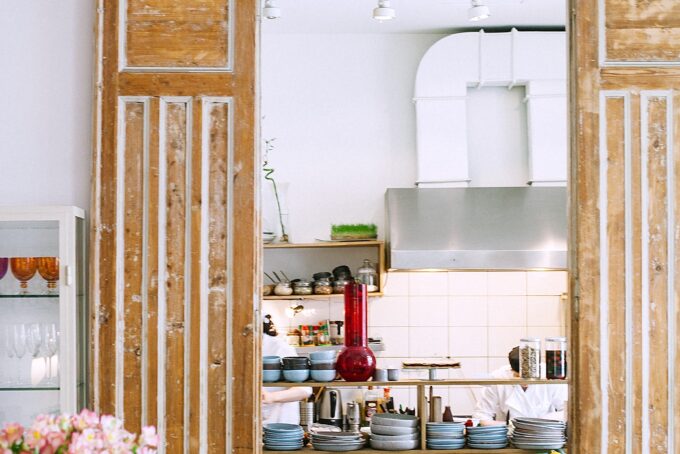
Google Searches Reveal The Most Popular Design Styles In America
by Kelsey Marie | April 27, 2023
FOLLOW ALONG ON INSTAGRAM
#homeandtexture
Find us on social for more home inspiration where culture, personal style, and sophisticated shopping intersect to help you create a home where you love to live.
